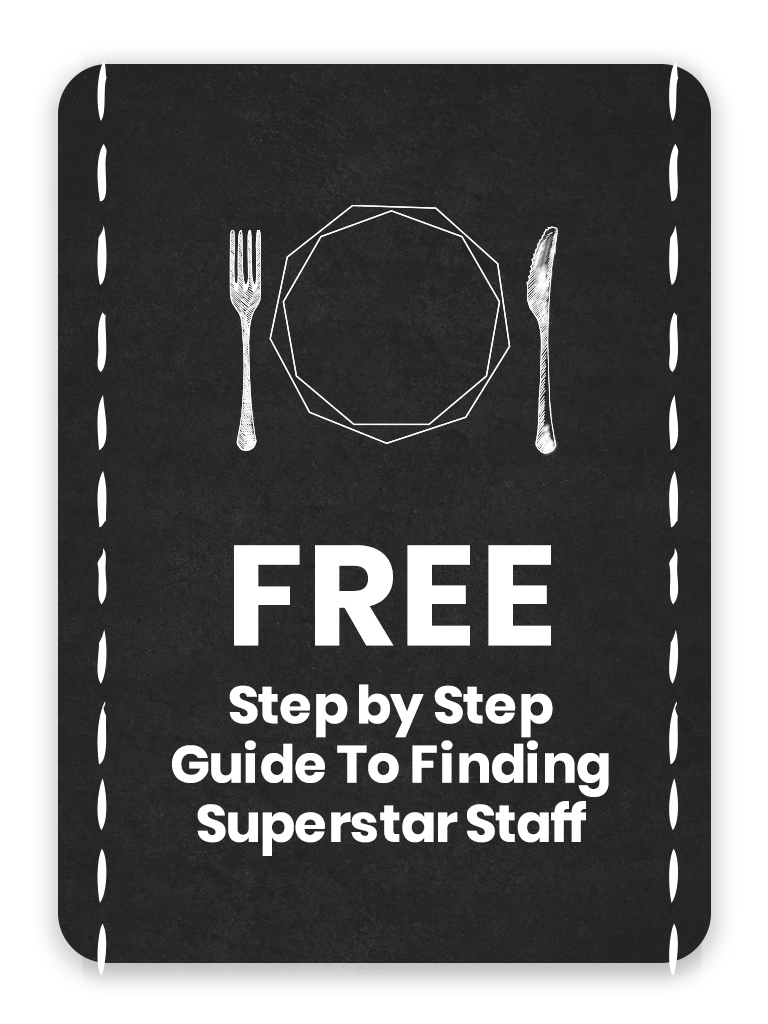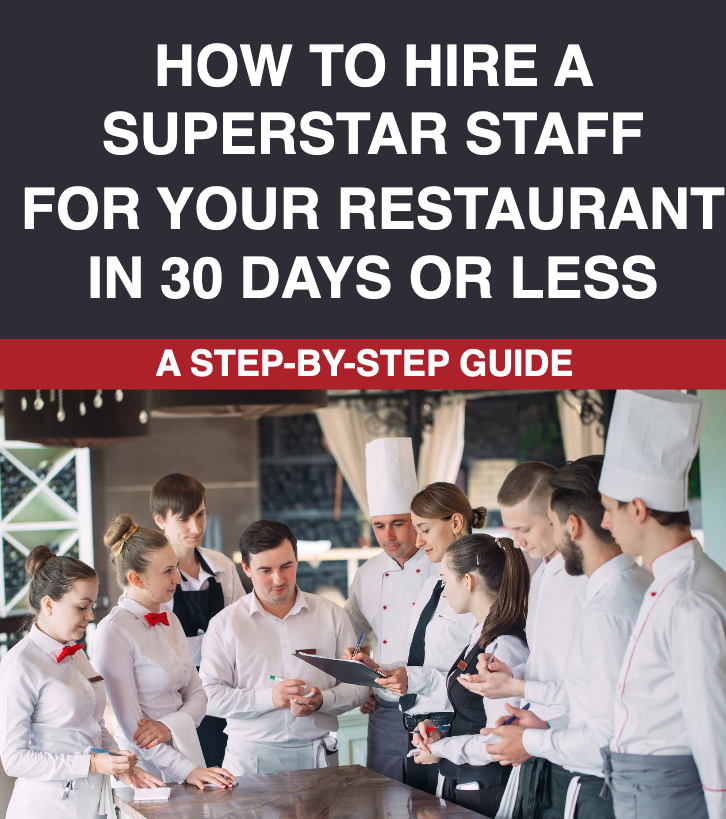
Only about 21% of all marketing emails are ever opened. That means that 79% of your hard work goes to waste! Out of 100 email recipients, 79 never see your marketing communications. So, how do you ensure your target audience sees and reads your email marketing campaigns?
How To Build A List
When it comes to effective email marketing, there are a few things that a small business owner should keep in mind. First and foremost, ensuring that your audience is interested in receiving your emails is essential. You can ask people to sign up for your mailing list on your website or social media. You can also include a sign-up form in your email signature. If you can give them something in return for becoming email subscribers, membership in a rewards program, a free gift, or a certificate to return. You’ll get more people agreeing to give up their information with an incentive.
Your list-building strategies must be varied to capture as many people as possible. This means your lists will be divided into segments based on the type of customer, potential customer, VIP, special event, loyalty program member, or newsletter subscriber. This will be important when you start writing your email campaigns.

How To Maintain A Profitable Email List
As you build a list, you need to keep it clean. This means keeping track of who is and isn’t opening your emails. Provide an unsubscribe link in each email to remove anyone who doesn’t want to hear from you anymore. It also means keeping track of bounced addresses, people who unsubscribe, and subscribers who move or change their email addresses. If you don’t remove these people from your list, they may report your messages as spam. This hurts your open rates and sender reputation.
Reviewing and cleaning your list regularly – at least every six months – is a good idea to ensure your messages get through to the right people. Your email provider will have ways to help you manage this.
Gauging Success
Three statistics are important to measure and report whether you write effective emails. I have broken down each critical key performance indicator so you know what to look for when measuring your results:
1. Open Rates: Open rates are hugely important in knowing if your email marketing is effective. Your email provider will track this for each email. An open rate is the percentage of people who open an email out of the total number of people who received it. For example, if you send out 100 emails and 20 people open them, your open rate would be 20%. Several factors can affect open rates, including the subject line, the sender name, and the email’s time. That’s why it’s important to experiment with different subject lines and send times to see what works best for your audience.
2. Click Rate: The click-through rate (CTR) is the percentage of people who click on a link in an email from the total number of people who received it. For example, if you send out 100 emails, 20 people open them, and 10 people click on a link, your CTR would be 10%. CTRs can be affected by many factors, including the subject line and the content of the email.
3. Conversion Rate: This is trickier to track because it depends on what was offered in the email and the action you want people to take. Conversion rates are the percentage of people who take the desired action after clicking on a link in an email. For example, if you email 100 people with a link to order a product on your website and five people order, your conversion rate would be 5%. Conversion rates are variable based on what you offer, how you will measure the results, and the effectiveness of your process or team.
The Secret Sauce To Getting Your Emails Read
You will improve your email marketing results the more you know about your intended target. Who is on your list? Which segment of your list are you communicating with? They each need a different message and to be spoken to differently, based on your relationship.
Are they prospective new customers who know very little about you?
Are they existing customers who know and love you?
Are they a subset of those existing customers who have a particular commonality – have they all ordered the same product or attended the same kind of event in the past?
The more specifically you can target and segment your list, the more effective your results will be. The more you know about the people on the list, the more you can speak directly to them in the language they understand and information that appeals particularly to them.
Think about your inbox. You’ve received an email before for information or products you don’t need or want, and those quickly get relegated to the trash bin. You need to know your audience to appeal to
their needs and wants.

How To Keep Showing Up In Their Inbox
Here are the stats you need to remember:
- The average person receives 143 emails a day.
- Nearly 85% of all emails are spam.
- 1 in 99 are phishing attacks.
With these in mind, you need to use a sender name and address your recipients will identify as coming from you. If they request information, you are a welcome guest, but you’ll get trashed if they don’t recognize your sender name.
It must always be the same so that you stay in the inbox instead of the spam or promotions folder. Clearly identify yourself in your customer’s inbox. Use your or company name so the recipient will quickly identify you. Provide whitelist information so that they are given directions on saving your email address to ensure they always receive your emails.
The Most Important Part Of Your Email
Your biggest challenge is to get their attention! The subject line is one of the most essential elements of email copy. It helps readers decide whether to open your email, so you must consider your options. Subject lines often do not create action and get ignored in people’s inboxes. We all get so many daily; if you want yours to get opened, it needs to stand out, jump off the screen, and demand that your recipient opens it.
You want them to think, “What’s this about?” and “What’s in it for me?”
This means writing effective subject lines that will grab your reader’s attention. Studies have shown that including personalization in your subject line (e.g., “Hey [name]!”) can increase open rates by up to 26%.
Some magic words for email subject lines that work well are:
- Their name
- Uh oh
- Quick favor
- Easy fixes
- Free
- You
- Thanks
- Use numbers
- Use emojis
- Whoops
Subject lines are the first thing your recipient will see. It needs to jump out of their inbox at them. It can be funny, topical, nostalgic, shocking—anything to grab their attention. Its sole job is to get them to open the email. You could include the offer (if it’s enticing) and invoke curiosity, humor, and shock to encourage action.

How & What To Say So Your Emails Get Read
Once they’ve opened the email, you have them. Now, you need to give them the reason you sent the email, which needs to connect to your subject line. But you only have 10-15 seconds to capture their attention and make them keep reading. You need quality content; 300 words or less is a good target.
You must ensure your email content is valuable and relevant to your audience. No one wants to receive a generic marketing email full of fluff – they want something useful to them. Write it as if you are sending a personal email to ONE person, not an entire list. Write as if you were writing to a friend. Compelling “reason why” engaging content works best when you tell a story and make it personal. After all, as an independent business operator, you have the distinct advantage of connecting with your customers on a personal level. It can be stories about you, the business, your team, your company culture, or the local community. Connect your content with things that are going on in your recipient’s mind – a holiday, a community event, or a common problem you can solve. Remember that your goal is to create connection and engagement with your valuable content.
When To Ask For Action
Once you have connected with your readers, you can give them your offer. And again, it needs to be something they need or want – though you may have created that need or want with your compelling copy. You’ve described your special menu item or new product so well and shown them what problems it solves – they will be eager for whatever it is you are offering.
Now, you need to make them take action – this is a simple formula. Tell them EXACTLY what to do, and by when.
“Come and visit to get X” isn’t a call to action.
“Print this email and bring it in before July 31 to get x” is a call to action.
Every call to action needs a deadline to create urgency and take action that gives you a way to track
results. When your staff takes the printed email as a redemption, you can count them at the end of the month and figure out your conversion rate.
Maybe your call to action is ordering a specific product on your website or booking an appointment for a particular service. Whatever it is, it must be clearly explained, measurable, and have a specific deadline.

The Ugly Part Of Email
Track your send timing. We can’t tell you the best time to send an email to your customers because every industry and business is different. You’ll need to test your emails at various times, days, and frequencies to find what works best for your target market. Only by testing will you know.
HTML emails offer more design options but aren’t always readable in the format you sent them. Make sure you consider what your message will look like if all the HTML is removed, which is called plain text format.
Write for a small screen – many people read your emails on their phones or tablets, so a long or wide email will be hard to read. Write with the small screens of the popular mobile devices in mind.
*Super Important* Preview and Test – send yourself a test before you send it to your list. Ask a second set of eyes to review it. Once you’ve written the copy, we tend to read what we think we’ve written instead of what we’ve actually written. A proofreader and a test of your merged data are essential.
The Final Test
Now that you know the basics of effective email marketing, it’s time to put these tips into practice and watch your open rates rise. Subject lines are essential for getting your email opened. Test various options to see what works best for your target market. Write copy to engage customers and provide value, making your readers look forward to your emails.
Don’t forget to track your send times – you may need to experiment with a few different days and times before you find the perfect combination.
I know what you’re thinking right now…
Ok, ok, ok, I know I need to send emails to stay Top of Mind with my customers… keep that all-important relationship going, and let them know what’s happening at my restaurant each week to make more sales. BUT WHO has the time for all that???
Boom, enter DFY Marketing for restaurant owners. That’s what we do. Want someone to take care of all your email marketing for you? And do it right? In your voice? It’s what we do. All day, every day, for hundreds of restaurants.
If you are interested in having this taken off your plate so you can focus on running your restaurant, click the button below and grab a FREE Strategy Session with a DFY Restaurant Email Marketing Expert. We’ll see if we’re a good fit and if we can help you 10X your sales.
If you need help and want some direction on putting butts in seats, click the button below and jump on a DFY “Fill my seats” Strategy Session with a DFY Restaurant New Customer expert. It’s Free to you because you read our article, and we thank you for that.
First come, first helped.


Michael Thibault
Known as “The Done For You Marketing Guy for Restaurants.” International Speaker on Restaurant Marketing. Published contributing author of 4 Marketing Books. Industry expert on Google Searches and Review Sites. Recovering Independent Restaurant Owner and Caterer of over 21 years. And, all-around good guy.





